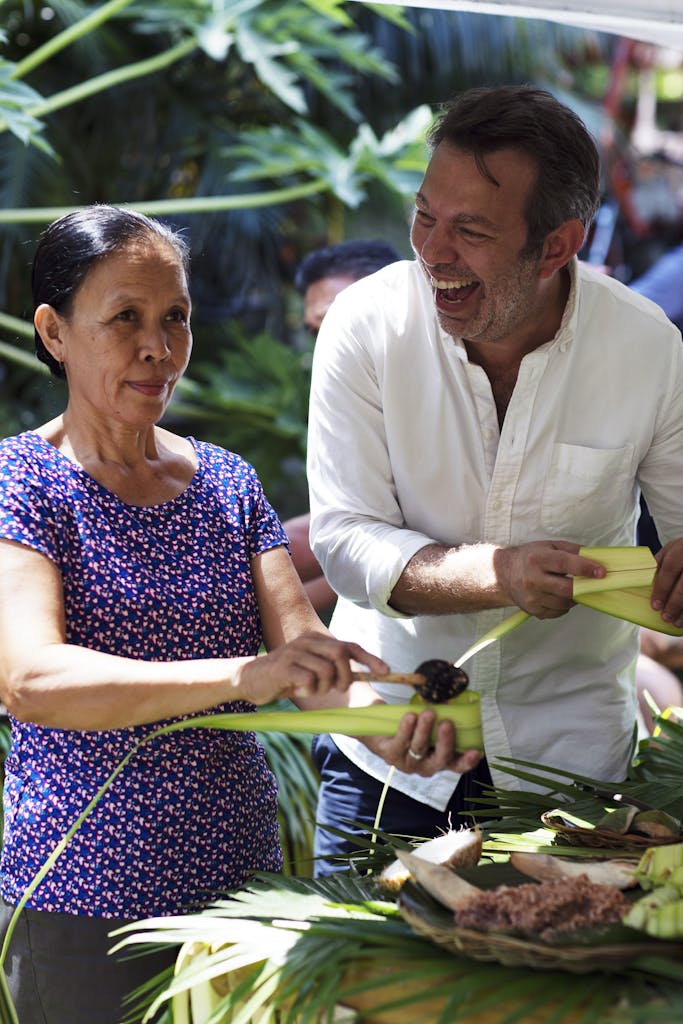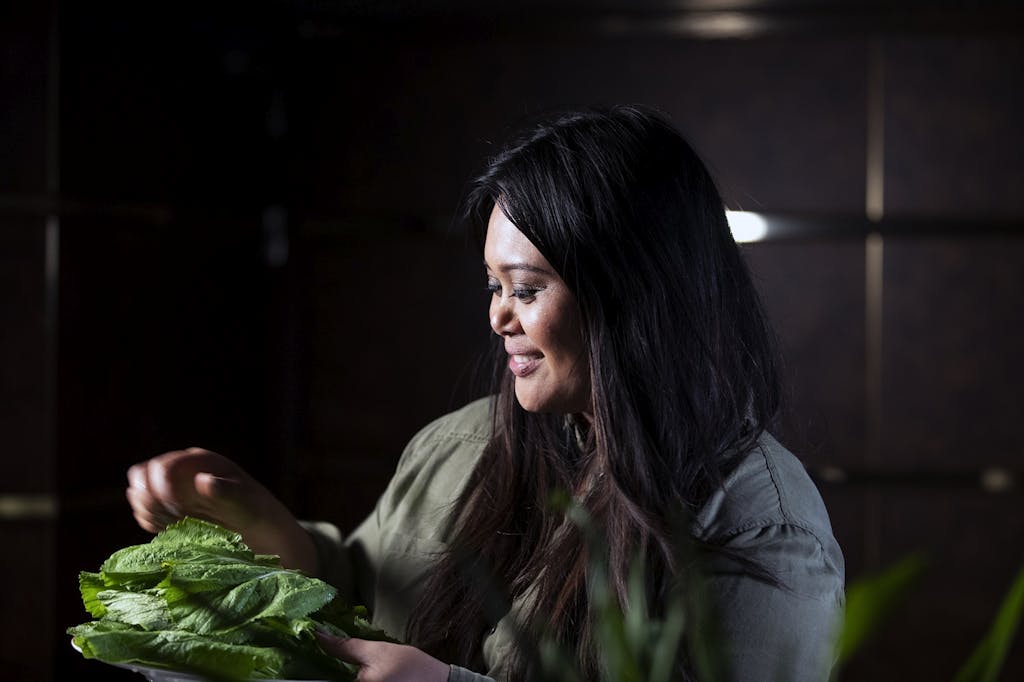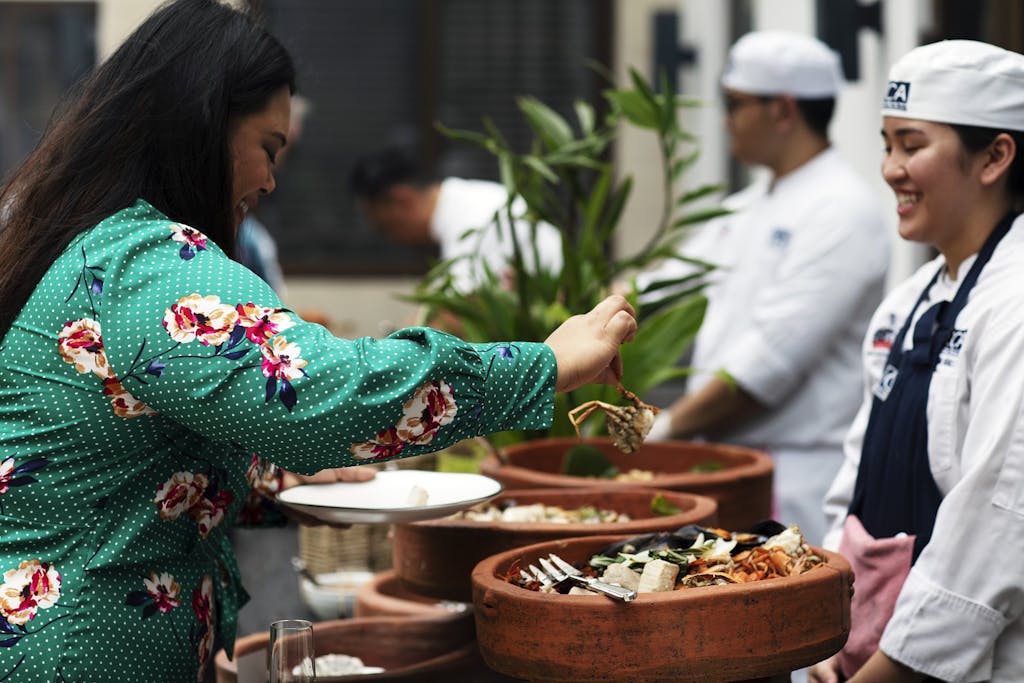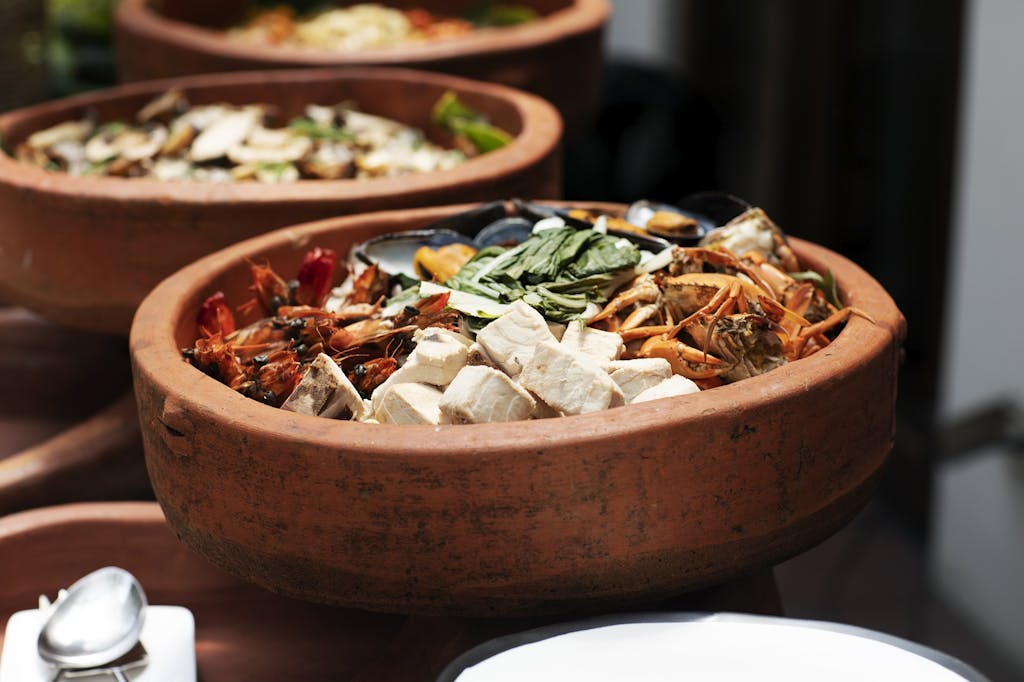Food Culture of the Philippines: What to Know About Traditional Filipino Cuisine
Our ship, Silver Muse, glides between emerald-green islands and anchors in a quiet cove. We have reached Romblon Island, just one of the 7,641 islands that comprise the enormous archipelago that is the Philippines. While this particular island is best known for its marble industry and exceptional beaches, our goal is a culinary adventure and exploring the food culture of the Philippines is top of mind.
We are part of a pilot group traveling with Silversea’s then-new Sea And Land Taste (S.A.L.T.) program. Designed in collaboration with Adam Sachs, a three-time James Beard Award Winner and former editor-in-chief of Saveur magazine, S.A.L.T. aims to lead Silversea guests on immersive culinary discoveries — both aboard ship and on international shores.

Filipino food currently holds a prominent place on the world’s culinary radar. Sachs, who is leading our expedition into Philippine cuisine history, lauds it as a gloriously varied mosaic of tastes and regional traditions. “It reflects centuries of conquest, trade and the endless flow of people, ideas and influence,” he explains. Energized by his enthusiasm, we are eager to explore the food culture of the Philippines with its many tastes, textures and secrets, as well as sample a dish made only on this palm-fringed tropical island.
An island specialty awaits
Sarsa na uyang, a dish of large freshwater shrimp, fiery red chili peppers and sweet coconut, hails specifically from Romblon Island. Often peddled in the streets, it is a typical example of Pinoy street food (Pinoy is how the Filipinos refer to each other and their culture in their native language, Tagalog).
Our S.A.L.T. expedition takes us to the home of one of the island’s best-known sarsa makers. To get there, in pairs, we hop aboard the local vehicle of choice — the motorized tricycle. Elaborately painted, these automated rickshaws carry us through rice fields and banana groves, past aquamarine water and pristine beaches on one side and the island’s tropical forests and mountains on the other. Finally, we leave the main road, and our tricycles head deeper inland, along a barely-paved road until we arrive at a tiny compound owned by a single family. As we enter the garden, laid out before us is a table of artfully arranged ingredients — ginger, garlic, shallots, whole peppercorns and coconuts.

The entire family is making sarsa while a large wicker basket teems with live freshwater shrimp. The creatures are notoriously difficult to catch and only come out at night — and then only if there is no moon — but our hosts have been highly successful in their hunt. The matriarch of the clan shreds coconut on an ancient-looking blade, while her son makes a paste with a meat grinder. He slowly adds the other ingredients one at a time and then stirs them together in a bowl. When I’m invited to taste it, I enthusiastically dip a spoon into the raw mixture and notice the spicy chilies are a bold contrast to the sweetness of the coconut and shrimp. The family then portions out the paste, folds it into coconut leaves and roasts the intricate bundles on an open fire. What emerges is a true sarsa na uyang, one of the Philippines’ best foods.
I unfold the leaf and taste the finished product. The dish has lost some of its ferocious bite during the steaming process, but the flavor of the shrimp combined with the aromatics is still sublime.

A passion for all foods Filipino
Our local hostess on Romblon Island, Clang Garcia, believes sarsa is a perfect introduction to the extraordinary richness and variety of Filipino food, in all its complexity and history. She’s a passionate partisan for Filipino cuisine and an advocate for farmers, fishermen, vendors and the indigenous communities who are the lifeblood of the Philippines’ traditional food. This well-known authority on Pinoy cookery grew up in her grandmother’s kitchen, and in her carinderia, one of the simple food stands that create culinary magic in tiny spaces throughout the Philippines.
This life experience inspired Clang’s advocacy of the food culture of the Philippines. “To be very specific, I want to promote culinary heritage tourism because there’s so much pride in raising its flag,” she says.
That pride has led her from Pasay City, a part of metropolitan Manila, to travel even to the far-flung islands of this archipelagic country in search of authentic food experiences. Garcia has her job cut out for her. “There’s no single dish or unified style of cooking that can be called Filipino cuisine,” Adam Sachs reminds us. It is as complex and diverse as its country’s history and inextricably tied to it.

Philippine culinary history
A diverse range of settlers and ethnic groups have left their imprint on Filipino cuisine. As early as the 10th century, the Chinese arrived with their noodles and dumplings that are now called pancit and lumpiang, which are staples of Pinoy cookery. Then, Muslim Arab traders and Malay tribes introduced curries and coconuts to the region. In 1521, the Spanish arrived, making the Philippines part of their enormous empire for more than 300 years. After the Spanish arrived in 1521, Filipinos learned about tamales and tomatoes through that connection to Mexico.
Finally, in 1898, the United States purchased the Philippines from Spain. The Americans introduced ingredients like ketchup and Spam but also brought with them the concept of convenience. Canned, prepackaged and fast foods changed both the way food was prepared and what was eaten. Culinarily, the islands would never be the same.

Elevating traditional Filipino food to its rightful place
American contributions to Filipino cuisine contrasted sharply with the rich variety and unique flavors of the Philippines’ traditional food. But all was not lost. At least not for Nicole Ponseca, a Filipino-American who was born in Philadelphia and grew up in San Diego. She’s determined to see that Filipino cuisine has its time to shine.

In San Diego, Nicole’s father taught her to cook Filipino food, which both interested and embarrassed her. Dishes like balut, a developing bird embryo that is boiled and served in its shell, or a pork blood stew called dinuguan were typical Filipino foods that were great favorites in her home.
But these dishes were hard to explain to her American friends, and the last thing on her mind was any kind of career in the kitchen. Instead, Ponseca studied advertising. After landing her first job in New York, all that changed. Unable to find a Filipino restaurant where she could take her clients, she abandoned her advertising career and embraced the food that had once embarrassed her, plunging headlong into the restaurant business.
First, she took over Maharlika, the only Filipino restaurant she could find in New York (it has since closed), from its elderly owners. The very next year, she opened a more casual spot called Jeepney (now operating in Miami’s Wynwood neighborhood). Named for the Philippines’ ubiquitous and beloved buses, Jeepney echoes their wildly painted interiors and communal atmosphere. It’s the kind of place where Ponseca wants diners to not only experience everything from its Pinoy breakfasts to Filipino fried fish but also the boisterous, lively atmosphere of the Philippines.
Today, Ponseca is arguably Filipino cuisine’s most ardent proponent. Her book, “I Am a Filipino: And This Is How We Cook,” is an encyclopedia of Filipino food from every part of the country. Covering the country’s culinary adventures from north to south, the book was named one of the best cookbooks of 2018 by the New York Times Book Review, The Los Angeles Times and The New Yorker magazine.
Feasting in Manila
I met up with Ponseca at our next port, the sprawling capital, Manila. She was there to co-host a luncheon for S.A.L.T. The word “lunch” hardly does justice to the extraordinary Filipino buffet that greeted us at the home of mother and daughter team Susana “Annie” Pascual-Guerrero and Marinela “Badjie” Guerrero-Trinidad — the founders of Manila’s first culinary school, the well-regarded Center for Culinary Arts. They opened their stunning private home to Silversea’s guests.

S.A.L.T.’s Adam Sachs summarized our Filipino feast: “There were range and depth reflected in the flavors: aggressive to subtle, sweet and heat, acid, sour and funk,” he said. “All things that make us happy.”
Ponseca introduced us to some of her favorite dishes. At her urging, I tasted burong na isda, a dish of raw fish and cooked rice layered in a jar and then fermented. Served on a bitter leaf called mustasa, burong is topped with a bite of deep-fried catfish called hito. The rice had that slightly “funky” taste that Ponseca describes as “the backbone of Filipino cuisine.” And there was, of course, the legendary lechon, or roast suckling pig. However delicious the pork was, Ponseca still wants diners to experience lesser-known treasures like baka tula-sog, or stewed beef with pineapple, curry powder and shrimp paste.
Once embarrassed by her fondness for true Filipino cuisine, Ponseca has now embraced it, promoted it, taught it and cooks it. As Sachs says, “Filipino cuisine has been criminally underrepresented until now. But I think the popularity of restaurants like Nicole’s Jeepney and her book signal that American diners are finally ready to catch up to the obvious: that Filipino food is addictively easy to like and gratifyingly hard to sum up.” He’s convinced that the phenomenal food of the Philippines is indeed taking its rightful place as the next big thing.

Inspired to try an authentic taste of the Philippines? Silversea’s Asia itineraries can take you there and its S.A.L.T. program will enhance the experience.
